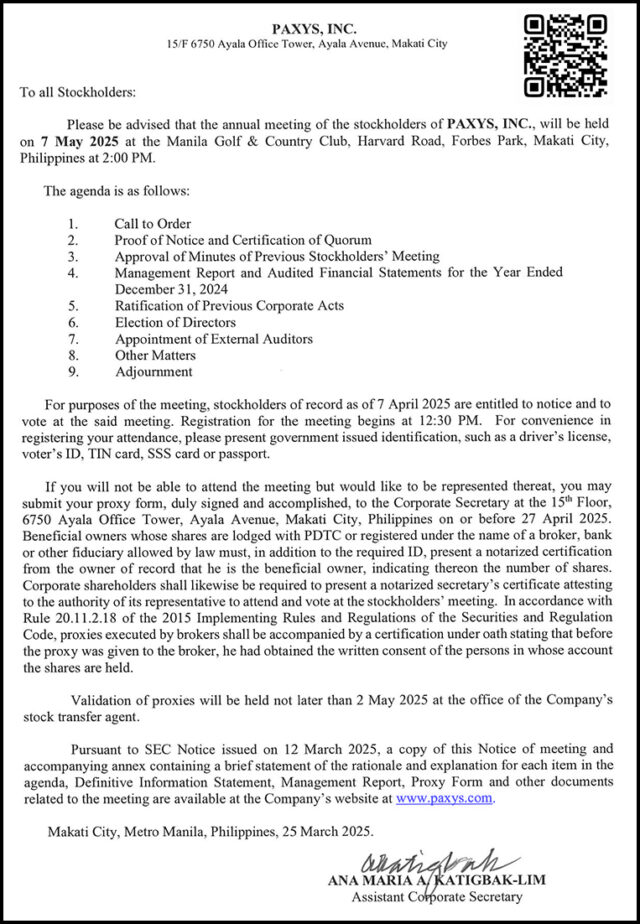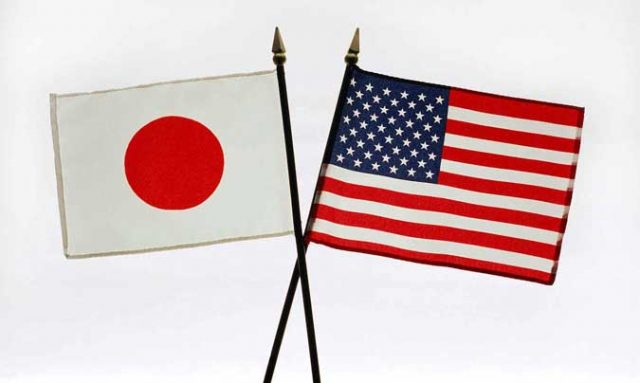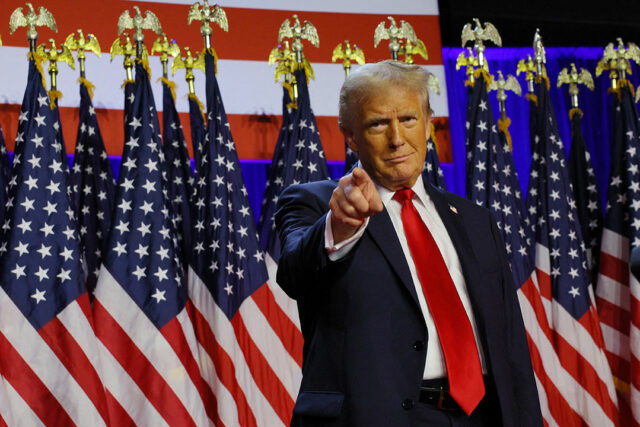That seat will cost how much? US businesses already seeing the impact of Trump’s tariff regime
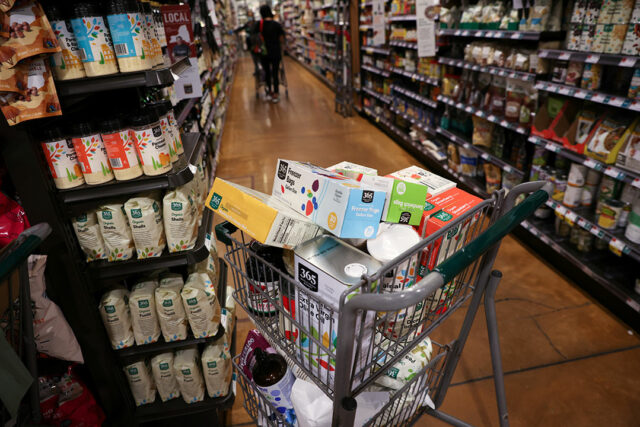
BOULDER, Colorado — A toy store manager hit with daily price increase notifications. A lip balm manufacturer forecasts a $5 million jump in cost of goods. A concert venue impresario who saw a surprise price hike of $140,000 to install new seats in a performance hall.
They are among a dozen business owners and managers who spoke with Reuters about the impacts of President Donald Trump’s tariff regime, providing an early idea of what many more Americans might expect, even as taxes on imports — paid by US companies and often passed on to consumers — were partially paused for 90 days this week.
The businesspeople expressed concern about continued economic turbulence. While announcing the 90-day tariff pause on dozens of countries, Mr. Trump ratcheted up tariffs on Chinese imports, raising them effectively to 145% when levies imposed earlier this year are taken in to account. He kept tariffs on imports from most other nations at 10% for 90 days, after whipsawing on trade taxes for the past week. Tariffs on Canada and Mexico remain at 25% for goods not covered by the region’s existing trade deal.
“We’re constantly dealing with the uncertainty of the future and of our future supply chains,” said Steve Shriver, the founder and CEO of Eco Lips, a Cedar Rapids, Iowa-based company that makes organic health and beauty products with ingredients sourced from more than 50 countries and sold in 40,000 stores nationwide. It has annual sales of around $30 million.
On Wednesday, the day Mr. Trump announced the pause, Mr. Shriver sent a letter to 300 clients for whom Eco Lips manufactures products for their own labels, letting them know that prices will rise and that time frames for delivery will be pushed out.
“I don’t trust it. It’s a 90-day pause. It could change again in 10 days,” Mr. Shriver said. “There are still 10% tariffs across the board, and that’s a substantial addition to our prices.”
Mr. Shriver forecast that his 12-month cost of goods could rise by $5 million, atop his typical $10 million annual outlay for, among other things, ingredients that cannot be grown in the US, such as vanilla, coconut oil and cacao.
Other businesspeople said they have canceled purchase orders, halted expansion plans and delayed hiring.
‘WE’RE SCRAMBLING’
Mr. Shriver and others said they have received price-increase notifications from suppliers and have already raised their own prices since Mr. Trump first started announcing tariffs last month to address what he said were unfair trade imbalances. Mr. Trump also has imposed tariffs in pursuit of goals that include keeping out migrants and illegal drugs and encouraging domestic manufacturing.
Paul Kusler’s Into the Wind is a beloved Boulder, Colorado, kite and toy store that has been around for 45 years and has about $2.5 million in annual sales. Most of the goods Mr. Kusler sells are manufactured in China.
“The tariffs on China are simply unworkable, it’s a serious threat to our business,” said Mr. Kusler, standing amid a sea of colorful kites, Frisbees, puppets, stuffed animals and every other toy imaginable. “We pay bills weekly. These price increases are happening now for items I already have in the door.”
Mr. Kusler said the increased prices he has seen have been between 7% and 10% — but those reflect the brief period that tariffs on China were at 34% following Mr. Trump’s “Liberation Day” announcement of the trade taxes on April 2.
Mr. Kusler thinks he can absorb around 3% of increased costs. He added that he has already seen and will continue to feel suppressed consumer demand amid economic turbulence.
“People aren’t going to buy toys if they are worried about prices rising for food and other staples,” he said.
Emily Ley, the owner of Simplified, a Pensacola, Florida-based company that specializes in high-end office planners for women, said that since Trump announced tariffs on Chinese goods in 2017 during his first term, she has paid well over $1 million in trade taxes to the US government.
She forecast that at the new tariff level for China, she will nearly match that $1 million within the next 12 months.
Ms. Ley said she tried for years to have her goods manufactured in the US, but could find no way to do it and still make a profit.
“This could put us under, put us out of business,” she said. “We’re scrambling right now over what to do.”
One thing Ley is doing: suing the US government, arguing the taxes unconstitutionally rely on statutes that have nothing to do with tariffs.
In Denver, Colorado, Aisha Ahmad-Post, the executive director for the Newman Center for the Performing Arts at the University of Denver, has spent more than a year managing a major renovation — the replacement of all 971 chairs inside the June Swaner Gates Concert Hall.
The Newman Center considered chairs from two US suppliers and one in Canada. One of the American makers was far over their budget and the other’s chairs required the use of harsh dry-cleaning solvents as maintenance. In early 2024, Ms. Ahmad-Post ordered chairs from Montreal-based Ducharme for just over $560,000 and blacked out a six-week period of hosting any shows for installation in mid-July.
On March 5, Ms. Ahmad-Post received a letter from Ducharme that it was required to comply with the new Trump trade taxes and “apply the corresponding tariffs to your project.”
At the time, those tariffs for Canada were at 25% — an increase in $140,000 for the Newman Center seat project, an unwelcome development for an institution still trying to rebuild its rainy day fund that was depleted by the COVID-19 pandemic.
“The chairs are already in production, it’s not like we can just pivot,” Ms. Ahmad-Post said. “Now we’re stuck trying to figure out how we’ll pay for this.” — Reuters

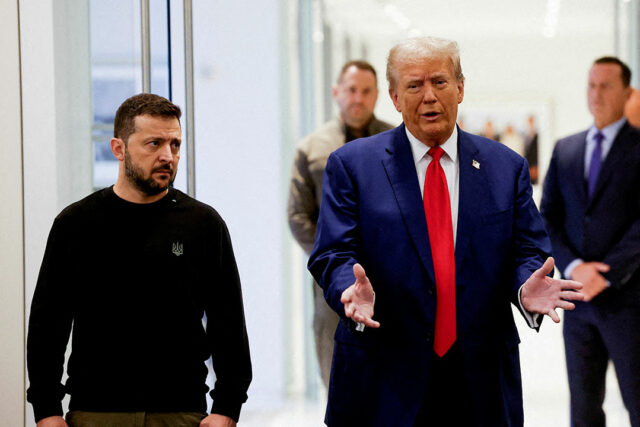

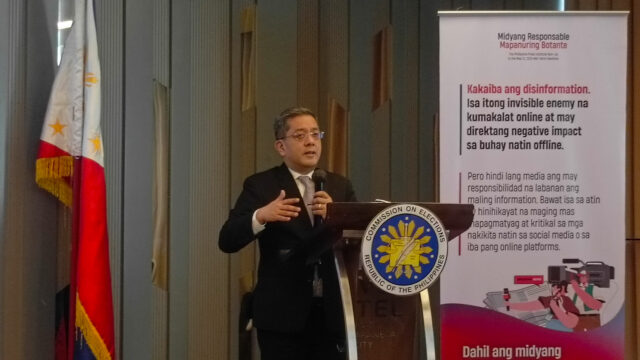
 The Commission on Elections (Comelec) said on Friday that it is aiming for a higher overseas voter turnout in the 2025 elections, with the pilot implementation of online voting starting April 13.
The Commission on Elections (Comelec) said on Friday that it is aiming for a higher overseas voter turnout in the 2025 elections, with the pilot implementation of online voting starting April 13. 

 Beyond business expansion, McDonald’s Philippines has prioritized giving back to local communities where they are present. Since 1996, it has operated a local chapter of Ronald McDonald House Charities (RMHC). One of the chapter’s key programs is the Ronald McDonald Bahay Bulilit, a daycare initiative for underserved communities.
Beyond business expansion, McDonald’s Philippines has prioritized giving back to local communities where they are present. Since 1996, it has operated a local chapter of Ronald McDonald House Charities (RMHC). One of the chapter’s key programs is the Ronald McDonald Bahay Bulilit, a daycare initiative for underserved communities.